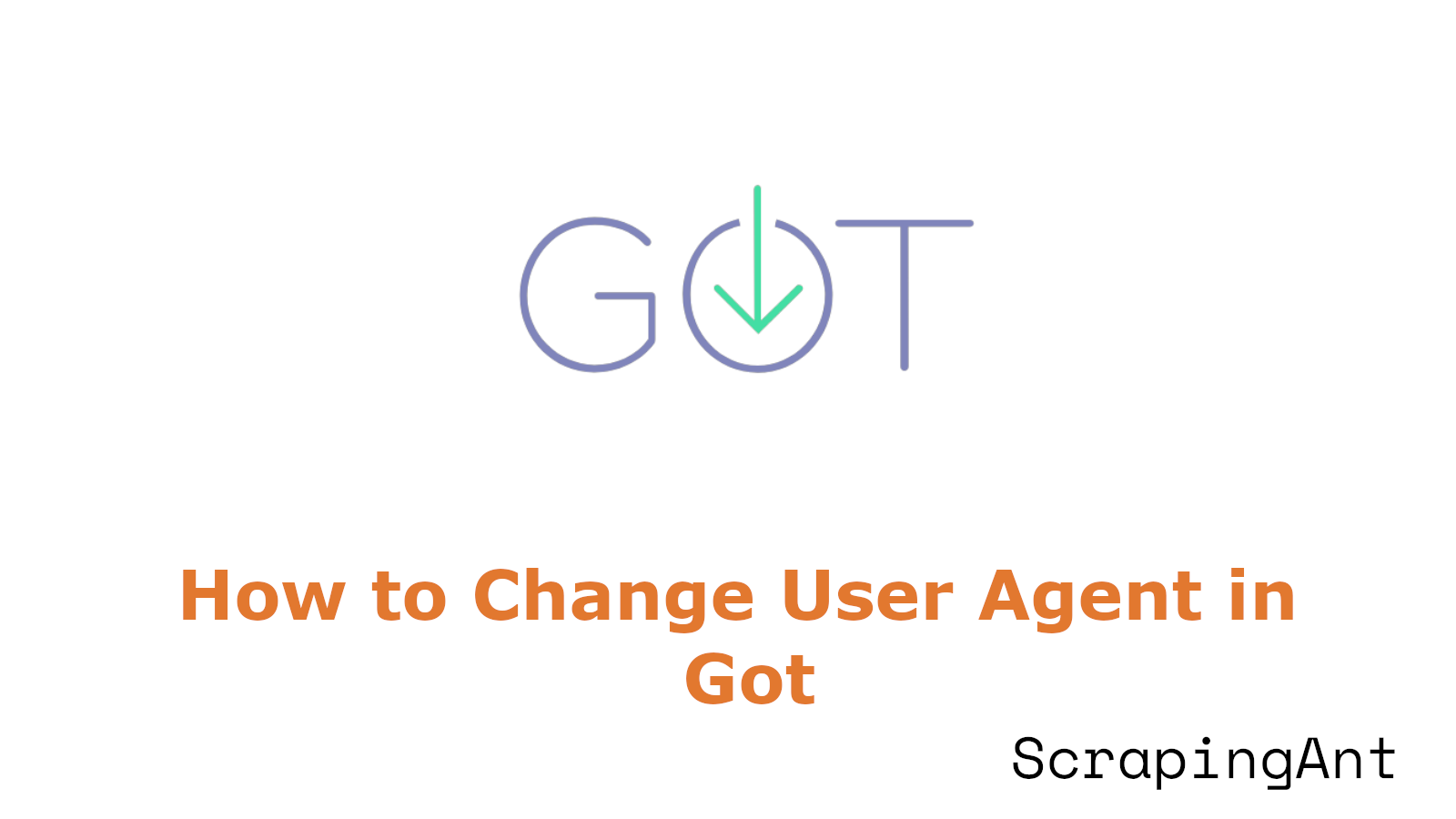
This comprehensive guide explores the implementation and management of User Agents in Got, a powerful HTTP client library for Node.js. User Agents serve as digital identifiers that help servers understand the client making the request, and their proper configuration is essential for maintaining reliable web interactions. Got provides robust mechanisms for handling User Agents, though it notably doesn't include a default User-Agent setting. This characteristic makes it particularly important for developers to understand proper User Agent implementation to avoid their requests being flagged as automated. The following research delves into various aspects of User Agent management in Got, from basic configuration to advanced optimization techniques, ensuring developers can implement reliable and efficient HTTP request handling systems.
User Agent Implementation and Management in Got
Basic User Agent Configuration
Got library provides straightforward methods for implementing user agents in HTTP requests. The basic configuration involves defining a headers object with the User-Agent property. Here's the fundamental implementation pattern:
const options = {
headers: {
'User-Agent': 'Mozilla/5.0 (Windows NT 10.0; Win64; x64) AppleWebKit/537.36'
}
};
The headers configuration can be applied globally for all requests or specified individually per request. When implementing user agents, it's crucial to understand that Got doesn't include a User-Agent by default, which can make requests easily identifiable as automated (Got Documentation).
Advanced Header Management
Got offers sophisticated header management capabilities that extend beyond basic user agent implementation. The library supports dynamic header generation and manipulation through various methods:
- Header Generation:
const customHeaders = {
'accept': 'text/html,application/xhtml+xml',
'accept-language': 'en-US,en;q=0.9',
'User-Agent': 'Mozilla/5.0 (Windows NT 10.0; Win64; x64)'
};
- Header Inheritance:
const instance = got.extend({
headers: customHeaders,
hooks: {
beforeRequest: [
options => {
options.headers = { ...options.headers, ...customHeaders };
}
]
}
});
Request-Specific Customization
Got allows for request-specific user agent customization while maintaining global configurations. This flexibility is particularly useful when different endpoints require different user agent strings:
const response = await got(url, {
headers: {
'User-Agent': specificUserAgent,
...defaultHeaders
},
hooks: {
beforeRequest: [
options => {
// Custom logic for specific requests
if (options.url.includes('api')) {
options.headers['User-Agent'] = apiSpecificUserAgent;
}
}
]
}
});
Error Handling and Recovery
Implementing robust error handling for user agent-related issues is crucial in Got. The library provides comprehensive error handling mechanisms:
try {
const response = await got(url, options);
} catch (error) {
if (error.name === 'RequestError') {
// Handle user agent rejection
console.log('User agent rejected:', error.message);
} else if (error.response && error.response.statusCode === 403) {
// Handle blocked requests
console.log('Request blocked:', error.response.body);
}
}
Common error scenarios include:
- User agent rejection
- IP blocking
- Rate limiting
- TLS fingerprinting issues
Performance Optimization
When implementing user agents in Got, performance considerations are essential. The library offers several optimization techniques:
- Connection Pooling:
const agent = {
http: new http.Agent({ keepAlive: true }),
https: new https.Agent({ keepAlive: true })
};
- Request Pipelining:
const instance = got.extend({
headers: {
'User-Agent': browserUserAgent
},
http2: true,
timeout: {
lookup: 1000,
connect: 2000,
secureConnect: 3000,
socket: 5000
}
});
Performance metrics to monitor:
- Request latency
- Success rate
- Resource utilization
- Connection reuse
The implementation includes automatic retry mechanisms and connection pooling to maintain optimal performance while managing user agents effectively. This approach ensures reliable request handling while maintaining the appearance of legitimate browser traffic.
Conclusion
Managing User Agents in Got requires a comprehensive understanding of both basic and advanced implementation techniques. Through proper configuration of headers, error handling mechanisms, and performance optimization strategies, developers can create robust and efficient HTTP request systems. The flexibility offered by Got in handling User Agents, as documented by (Got Documentation), allows for both global and request-specific configurations, making it adaptable to various use cases. The implementation of proper error handling and recovery mechanisms ensures resilient applications that can handle common issues such as user agent rejection and rate limiting. Furthermore, the performance optimization techniques, including connection pooling and request pipelining, demonstrate Got's capability to maintain high performance while managing User Agents effectively. As web scraping and automation continue to evolve, understanding and implementing these User Agent management techniques becomes increasingly crucial for developing reliable and efficient web applications.